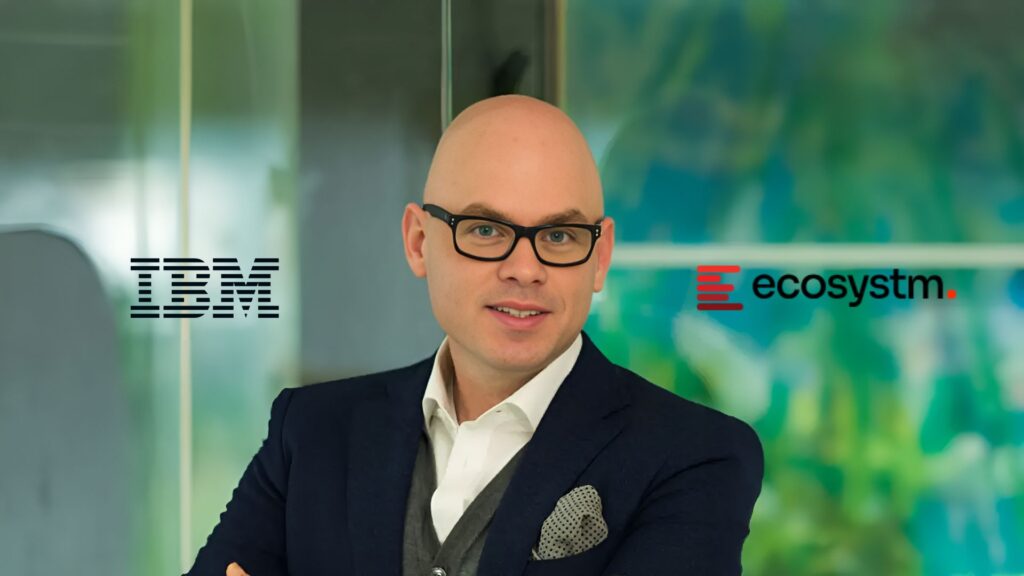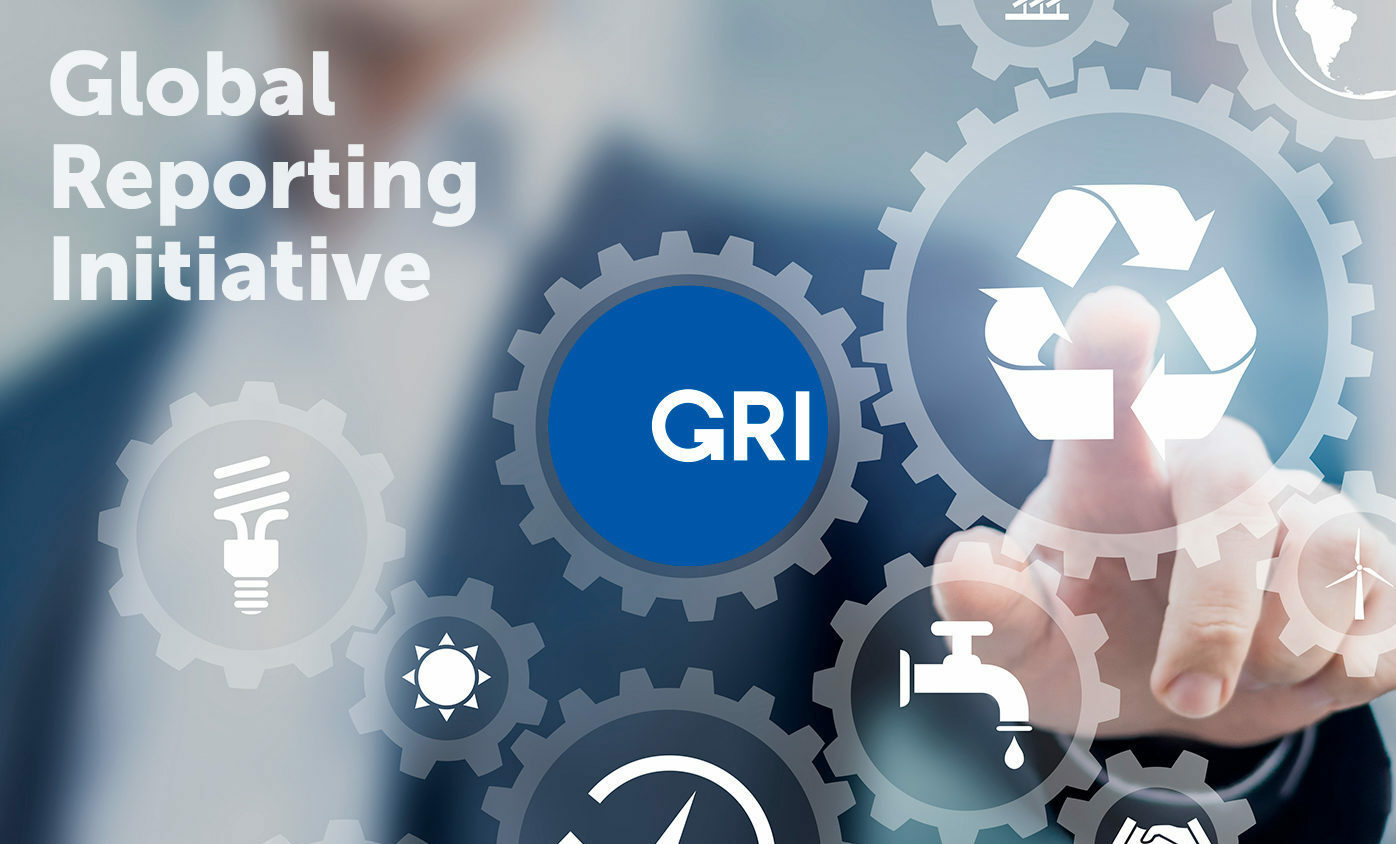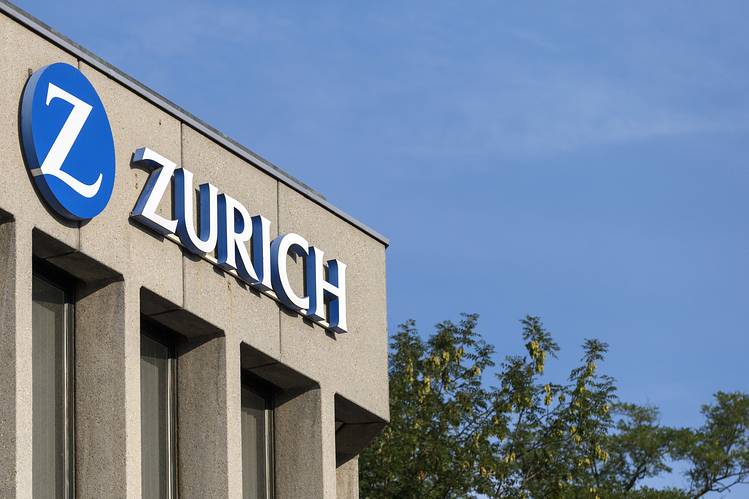IBM and Ecosystm Launch ‘Sustainability Technology Guide for Executives’ to Drive Tech-Enabled Sustainability in Asia Pacific

|
Listen to this story:
|
- Only 21% of Asia Pacific companies have a strategic sustainability approach. Data integration remains the biggest challenge.
- Technology modernization is vital. Asia Pacific firms are prioritizing tech upgrades to advance sustainability goals.
- Leadership involvement is key. A comprehensive approach with executives across all departments is essential for sustainability success.
IBM’s “Sustainability Technology Guide for Executives” offers a comprehensive roadmap for Asia Pacific businesses to harness technology for sustainability. Despite the growing importance of sustainable practices, only 21% of organizations in the region have a strategic approach, according to a new whitepaper from IBM and Ecosystm.
The report highlights that nearly half (48%) of organizations struggle to integrate automation and AI system data with enterprise data, which is crucial for achieving a real-time, AI-powered view of sustainability impacts. Hans Dekkers, General Manager of IBM Asia Pacific, notes, “Technology is vital for operationalizing sustainability, and IBM solutions and services are assisting organizations throughout the region in harnessing the power of data and AI to achieve a positive sustainable impact that also enhances business value.“
IBM’s findings show that 53% of companies are upgrading to newer, more efficient infrastructure to reduce their carbon footprint. This modernization is a key step in aligning technology with sustainability efforts. However, Sash Mukherjee, VP Industry Insights at Ecosystm, emphasizes the need for a structured approach, stating, “Organizations that embrace tech-led sustainability decisions can turn sustainability from a cost centre into a value driver, ensuring long-term business success while leaving a positive environmental legacy.“
The whitepaper also points out a significant gap in cross-business executive involvement. While 70% of CEOs in the region drive the sustainability agenda, only 22% have a dedicated Chief Sustainability Officer. The report suggests that to bridge the IT-business gap, CIOs, CFOs, and COOs must collaborate closely, each aligning their departments’ goals with sustainability targets.
Related Article: Japan Drives Asia’s Energy Transition with 70 New MOUs
The guide proposes a three-layered framework for sustainability: setting data-driven goals, building a robust data foundation, and embedding sustainable practices into workflows. By adopting this approach, leaders can create a compelling sustainability narrative, manage risks effectively, and foster stakeholder trust. As Mukherjee adds, “By following the three-layered tech-led sustainability framework and the checklist in this guide, Asia Pacific leaders can create a compelling, data-driven sustainability narrative that inspires action, manages risks, and builds stakeholder trust.“
By leveraging technology effectively, Asia Pacific companies can transform sustainability challenges into opportunities, positioning themselves for long-term success and a positive environmental impact.









